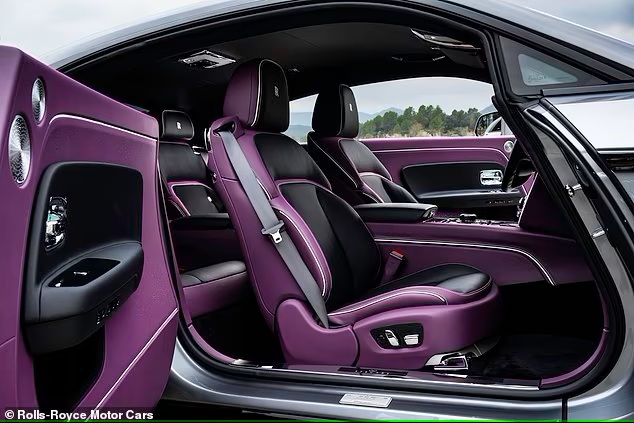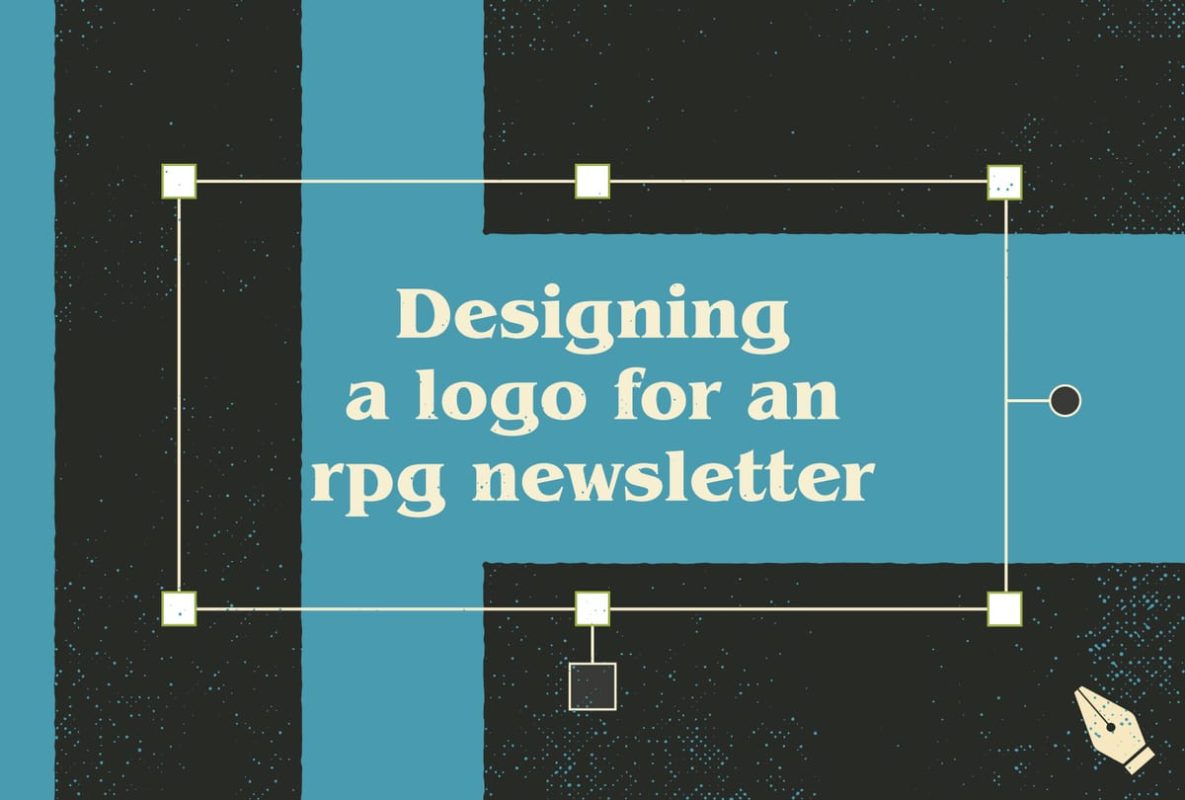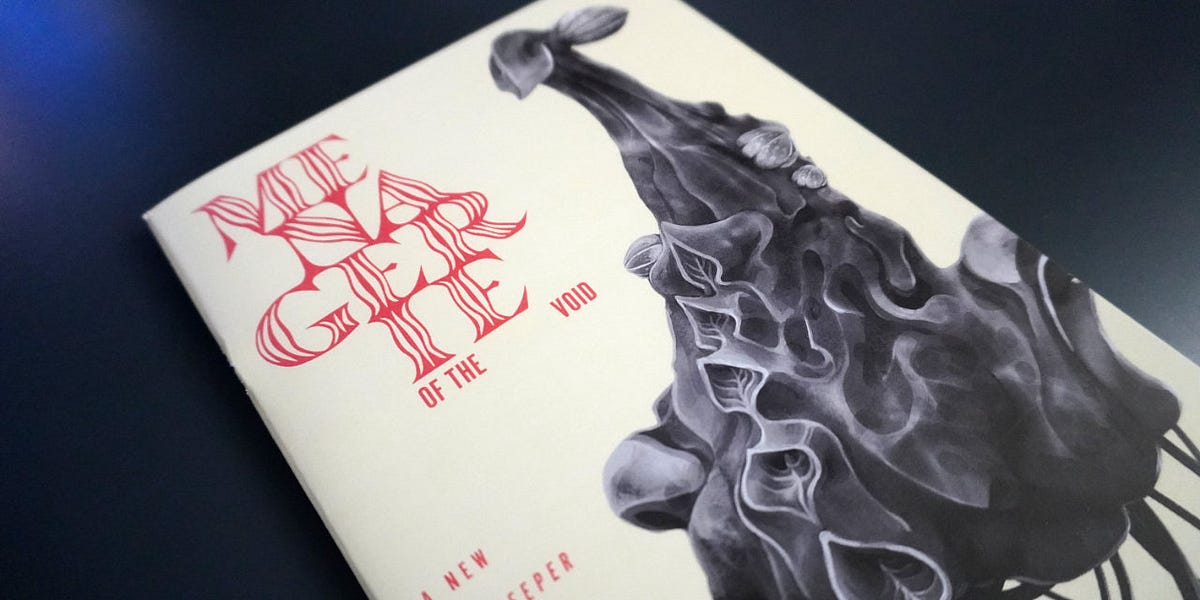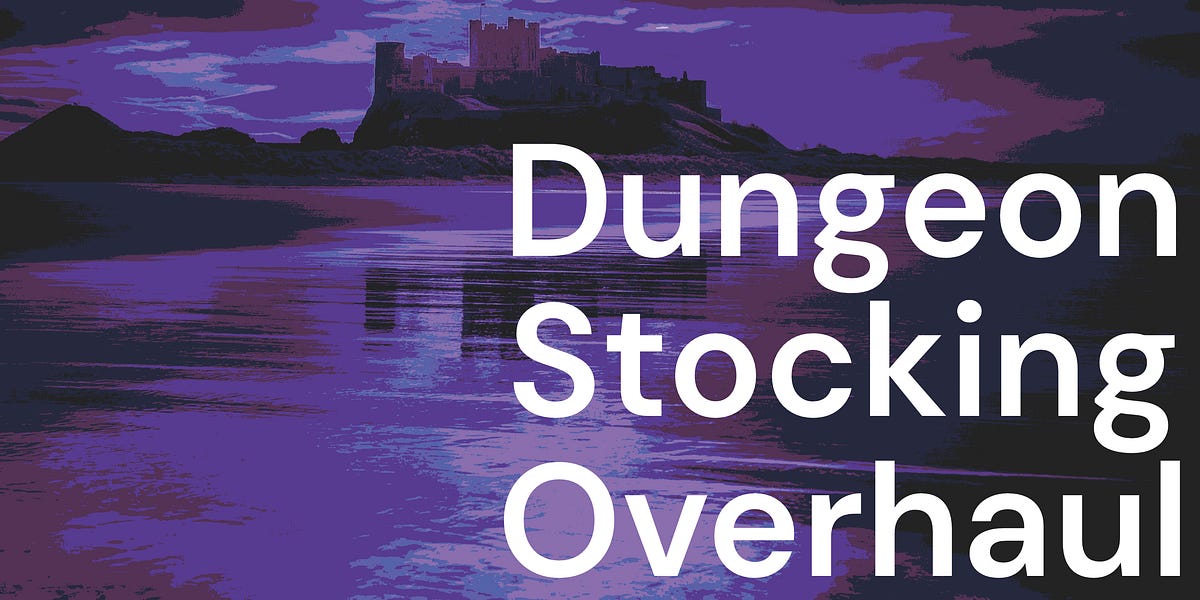SMOOSH JUICE
Zungeon Zunday: Ecophage
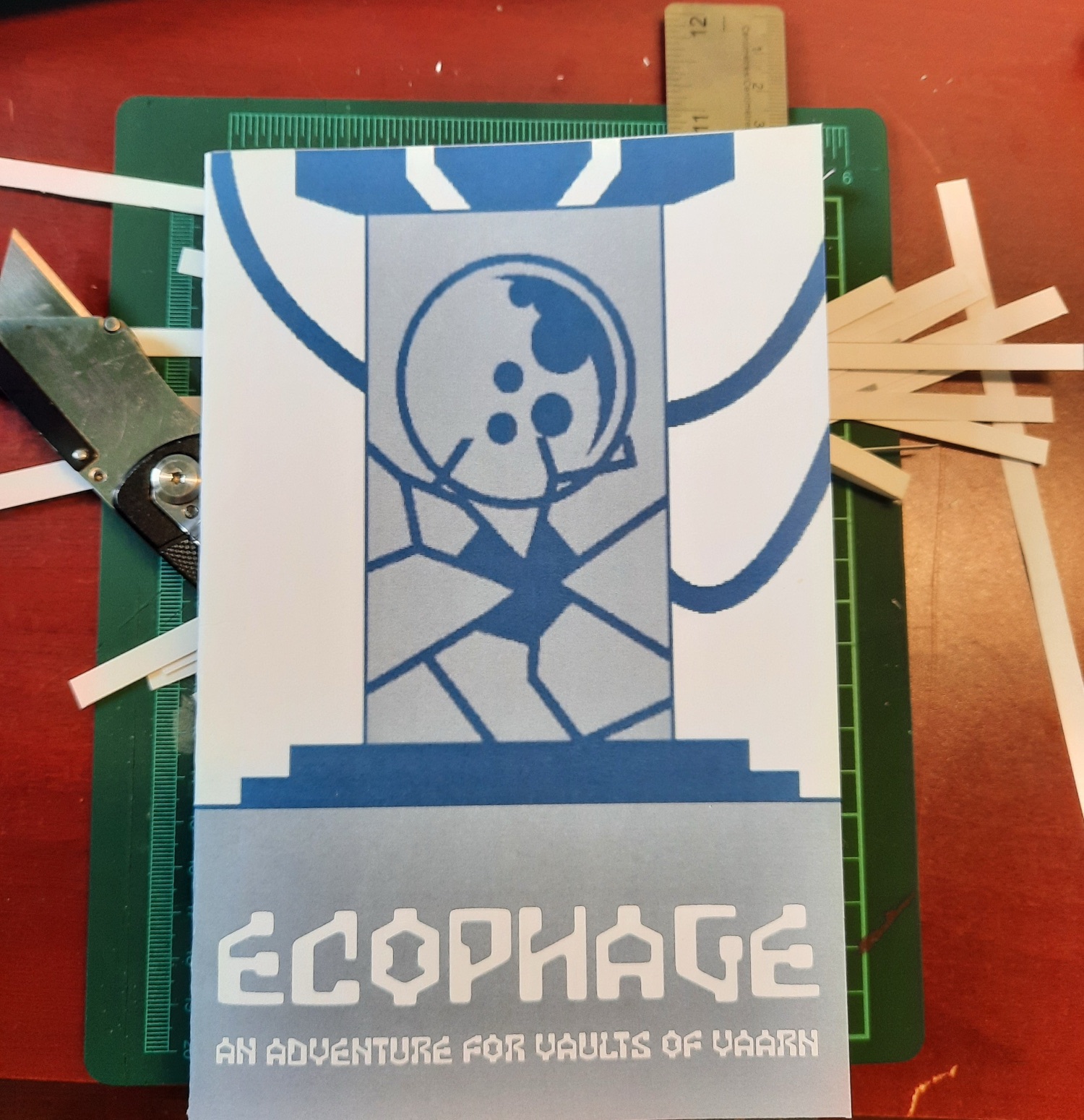
In 2025 I’m reviewing zungeon zines. They’re stream of consciousness and unedited critiques, just like Bathtub Reviews, but they’ll be a little briefer. The goal here is a little different: I want to spotlight what a craft-based, just-do-it approach to module writing can do.
Ecophage is a 12 page zungeon for Vaults of Vaarn by Adam Chafe. In it, you break into an underground laboratory to rescue the scientist Lobates the Wynn from a mindless swarm of nanobots that has escaped containment, in exchange for access to his private collection of Exotica.
Layout here is pleasing, and very simple. Art is adapted from freely available online iconography and art. A steel and blue colour scheme unifies everything. The layout in A5 format is single column, clear first order headings and easy to navigate. The only misstep is that the second order headings — the ones that the key uses — aren’t quite as clear. I’d just add another higher level and flatten things out a little, to solve this.
This is a 2-level, 18 room dungeon. They have the same short 6-part encounter table, and both table and map are on the inside covers and so are easy to access. Good design. Half of these random encounters aren’t violent, but affect the dungeon in other ways — like making the nanobots angrier, and hinting towards one of the core secrets. Also fun, cool design.
The module opens with a timeline that explains what has happened, and tightly frames the players to the entrance of the laboratory. I’ve said before, I love a tight frame as someone who tries to fit as much play into a session as possible, and usually plays relatively short sessions. I especially like that there’s a key secret, and a core ethical dilemma, that makes it much harder to both fulfil your goal and to decide which is the lesser of the two evils. That’s good design, in my opinion — something I’m constantly trying to work into my own design.
There are four possible locations to find the two key cards that you need to reach the lower floor — I don’t love this use of randomisation, and I think designing the dungeon around the keycards is more fun, and I also feel like it you’re doing double duty here. If you really want to randomise something in a dungeon like this, load the encounter dice with that too. On a flat d6, that’s trivial — if we know we have 9 rooms on the first floor, we have at least 9 encounter rolls. If 7+ is always a keycard, and we simply assign a +2 bonus to each round we don’t find one, we’ll always find them by the time we finish the level, without having to randomise multiple times. It also allows for the escalation that is implied by the ordering of the encounter table to be made concrete. But, even better to simple work the keycards meaningfully into the rooms, which affords you the chance to tell a story about what happened and why Lobates left them behind; to be clear, these stories have been written into Ecophage, you just might find it in the dishwasher instead of on the dead assistant, randomly.
The keying is minimalist, a few sentences to a paragraph. Workmanlike, but the recurring visual themes are nice and foreboding. The upper floor is cleverly all foreshadowing, with one jump scare, but the lower floor is far more dangerous. There are some missteps — the secret door in 11 for example, should be flagged in the initial description in my opinion, as theres no mention of the clue otherwise (unless I misunderstood the description, which is a different misstep). I think these rooms in general would benefit from a puzzle-like element, the simplest version of which is Sean McCoy’s writing rooms in pairs, which would bring a little more interest to the individual rooms here.
I think that the final room, while being an excellent ethical dilemma, would be better served without the conversation with the sentient creature. There are a bunch of rooms here — if you seeded a lot of rooms with evidence of the various facts presented in this conversation, then the players feel like they’ve solved a mystery, rather than being forced to make a decision. All the dilemmas that are artificially forced on them here, instead are self-inflicted. I’d leave this room empty, and drop a bunch of audio recordings, journals, and notes in different places throughout the laboratory — that reveal the potential sentient nature of the enemy, the potential cruelty of Lobates, the danger the enemy poses to the environment — and let the players come to their own conclusions. There are at least two characters in the lab, which means there’s good reason to have everything repeated twice in case things are missed. I think this would make the module and the climax more engaging.
The module ends with a list of hooks and rumours, descriptions of the enemies and the random encounters. The latter two are important and do their job well. The creature and items are all fun and compelling. The rumours and hooks don’t feel necessary with such a tight frame, but if you did want to use them, I’d make them more distinct — you’re there to avenge the assistant, you’re there to take a sample of the ecophage to a rival scientist, etc. Have them change the way the players interact, and have them interact with the dilemma in a unique way.
You know when I start telling you “I’d change this and that”, that the module has good bones. I’d make a few changes to it in play, but for a detour to drop into your post-apocalyptic world, this is great; perfect for the kind of sandbox play that Vaults of Vaarn leans into. If you’re a referee running or looking to run Vaults of Vaarn, I’d check Ecophage out.
Idle Cartulary
Playful Void is a production of Idle Cartulary. If you liked this article, please consider liking, sharing, and subscribing to the Idle Digest Newsletter. If you want to support Idle Cartulary continuing to provide Bathtub Reviews, I Read Reviews, and Dungeon Regular, please consider a one-off donation or becoming a regular supporter of Idle Cartulary on Ko-fi.
